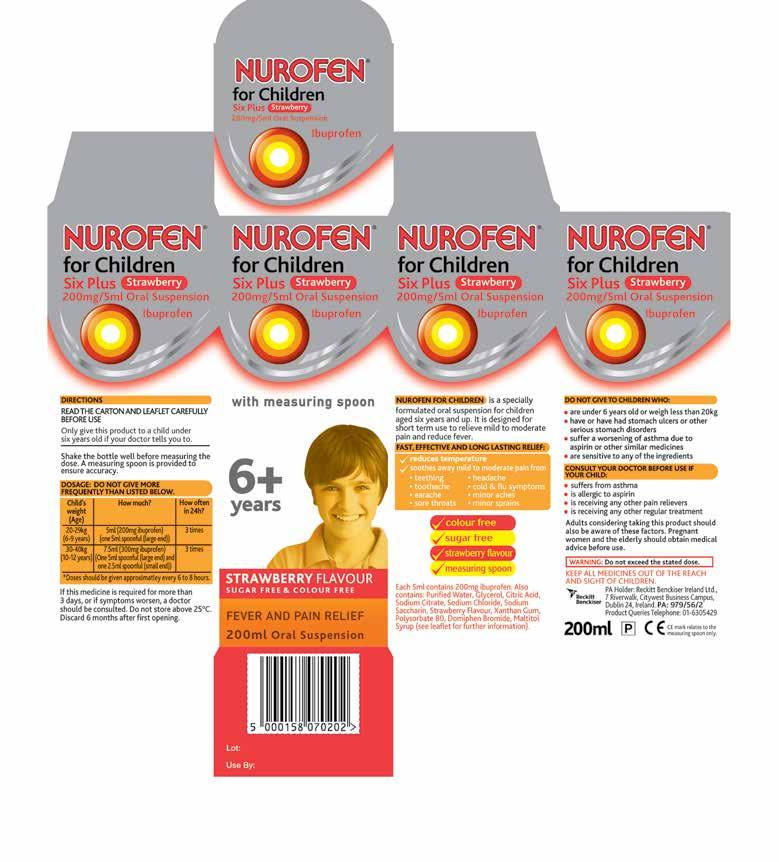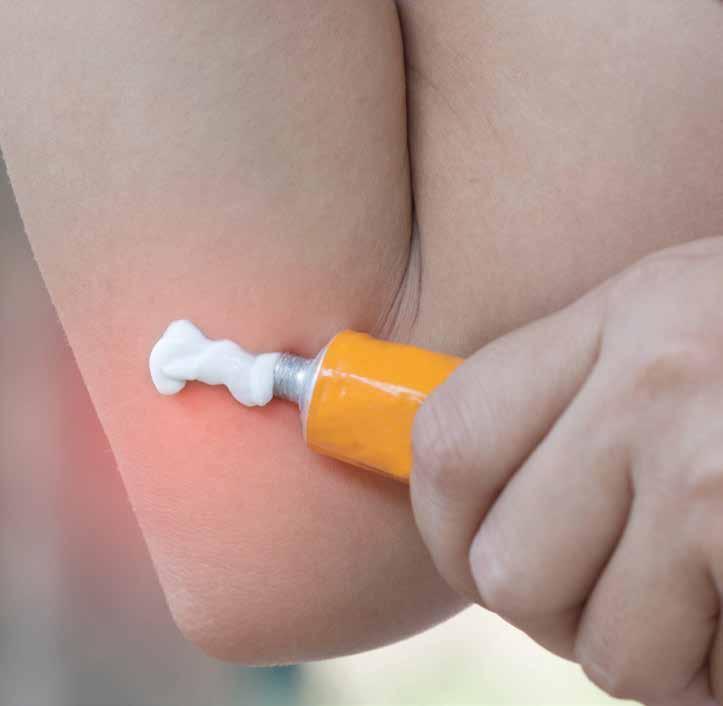
3 minute read
Pain
Oral analgesics are used commonly for relieving pain such as headache, menstrual pain, toothache, back pain and arthritis. Some analgesics work on the body’s peripheral and central nervous systems to block or decrease sensitivity to pain. Others act by inhibiting the formation of certain chemicals in the body that mediate pain.
They are available in various oral forms such as tablets, capsules, syrups, suspensions and powders. The analgesics market has experienced its fair share of ups and downs in recent years but is still growing and is likely to continue doing so.
TYPES
There are two kinds of analgesics: Non-opioid: Non-opioid analgesics include paracetamol and non-steroid anti-inflammatory drugs (NSAIDs) such as Aspirin and Ibuprofen.Non-opioid analgesics are the first choice analgesics for treating mild to moderate pain and are also used in moderate to severe pain to potentiate the effects of opioids.
Opioid: Opioid analgesics block or decrease sensitivity to pain in the body’s peripheral and central nervous systems. Most of the opioid analgesics are prescription-only medicines and are suitable for moderate to severe pain, particularly of visceral origin.
They can be further classified into two categories: mild and potent opioids. Mild opioid analgesics include codeine and tramadol. Strong opioid analgesics examples are morphine and methadone.
General Advice when taking Oral Analgesics
Always follow the dosage instructions on the packaging or as instructed by your doctor or pharmacist. Do not take more than the recommended dose as this will increase the risk of serious side effects.
• Painkillers should not be shared with anyone else, as different people may experience pain with different cause and severity.
• Avoid drinking alcohol if you are taking analgesics as it may increase the risk and severity of side effects of the medicines.
WARNINGS FOR ORAL ANALGESICS
Paracetamol: Taking excessive amounts can cause Liver damage and less frequently kidney damage following over doses. It should be used with caution for patients with impaired kidney or liver function, alcohol dependence, chronic malnutrition or dehydration and the patient referred to a GP if the patient has abnormal or black stools. Those taking NSAIDS should avoid smoking and drinking large amounts of alcohol as these activities can increase the risk of developing a stomach ulcer
ORAL PAIN
Oral pain is a big market for analgesics. Many common conditions cause oral pain or discomfort. Examples of these conditions include cold sores, toothaches; tooth sensitivity; teething; minor oral mucosal injury or irritation; oral mucosal disorders, such as recurrent aphthous stomatitis ([RAS]; and xerostomia (dry mouth).
There are OTC products available for the selftreatment of each of these sources of oral pain and discomfort, including topical analgesics/ anaesthetics, toothpastes formulated for sensitive teeth, artificial saliva products for dry mouth, and oral mucosal protectants, as well as products that provide treatment of and relief from pain due to cold sores. In general, the goals involved in the treatment of minor oral pain are to provide immediate symptomatic relief from discomfort and irritation and to promote healing. Patients should be assessed for the appropriateness of therapy and educated on the proper use of these products. Pharmacy teams should advise patients to seek medical care if their conditions worsen or show signs of infection. In an effort to self-medicate, some patients may try using analgesics to ward off pain caused by more serious health conditions and pharmacy staff are in an ideal position to monitor such situations without being too intrusive.
DENTAL PAIN
Toothache is pain in and around the teeth and jaws that is most often caused by tooth decay. The pain usually starts suddenly and it can vary from mild discomfort to a severe throbbing, which is often worse at night. The area of the jaw close to the infected tooth may also be sore and tender to the touch. Toothache can either come and go or be constant. Eating or drinking can make the pain worse, particularly if the food or drink is hot or cold. Painkillers such as paracetamol and ibuprofen may help reduce pain and discomfort whilst sufferers are waiting for an appointment.
W W H A
Who: Those suffering from pain such as dental pain.
What are the symptoms? Pain anywhere in the body.
How long have they had symptoms? Symptoms will usually clear up within 7 days of treatment.
Action already taken? Sufferers may already have tried analgesics. If the pain persists longer than 2 weeks, the patient should be referred to a GP.












